If one had to choose just two agricultural products to represent the Peloponnese, they would undoubtedly be olive oil and oranges. Sprawling olive and citrus groves cover the region like vast natural carpets. Such a restriction, however, would not do justice to this exceptionally fertile land, noted for its bountiful yields of myriad products.
Honey, dairy products, cured meats, table olives, fruit and vegetables, pulses and wild and farmed fish are all available in abundance. In the beautiful countryside, you’ll smell sage and thyme everywhere; from Kyparissia to Mt Taygetus to the southernmost tip of mainland Greece, Akrotenaro (or Cape Matapan). These scents mix in springtime with the fragrance of wild daffodils and the clean smell of salt from the salt pans around its bays.
Soaring mountain ranges ring fertile flatlands and forests, and there are picturesque villages, citadels, stone tower houses and, in between them all, vineyards and orchards. The local cuisine is earthy and simple – an orange, a simple pie of wild greens, a slice of bread with a little olive oil and tomato sauce.
Local olive oil is the essence of Peloponnesian cuisine. Its abundance has given rise to a broad range of fried dishes that soak up all its goodness. Kitchens here produce omelets with homemade cured meats, simple, bite-sized pies and different types of fried dough, such as lalangia (unsweetened fried "ropes" of dough, similar to churros), diples (fried sheets of dough served topped with walnuts and honey), and fluffy pancakes.
Olive oil isn’t used just for cooking here, either; fried veal preserved in olive oil will keep for up to six months. Other traditional methods of preservation include using salt from the salt pans, in which locals cure dairy products, meat and fish. Smoking foods is another way of preserving them, including the lean meat from home-reared pigs, which is smoked with sage to make something called pasto ("salted meat") or syglino. Most of the older recipes that were born from the long tradition of making the most of every cut of pork have now been abandoned. The great effort required for their preparation on the one hand and the modern dietary precepts that dictate limiting heavy, fatty dishes on the other, have led to their disappearance from contemporary menus and recipe books. What hasn’t changed, however, is a love of fresh flavors.
In their cooking, Peloponnesians use a great variety of aromatic plants, especially fennel and dill, and they cook wild greens together with pulses or meat. The region is also home to many interesting casserole dishes that are finished with an egg-and-lemon sauce (avgolemono) in combination with a tomato-based sauce, a very interesting local novelty.

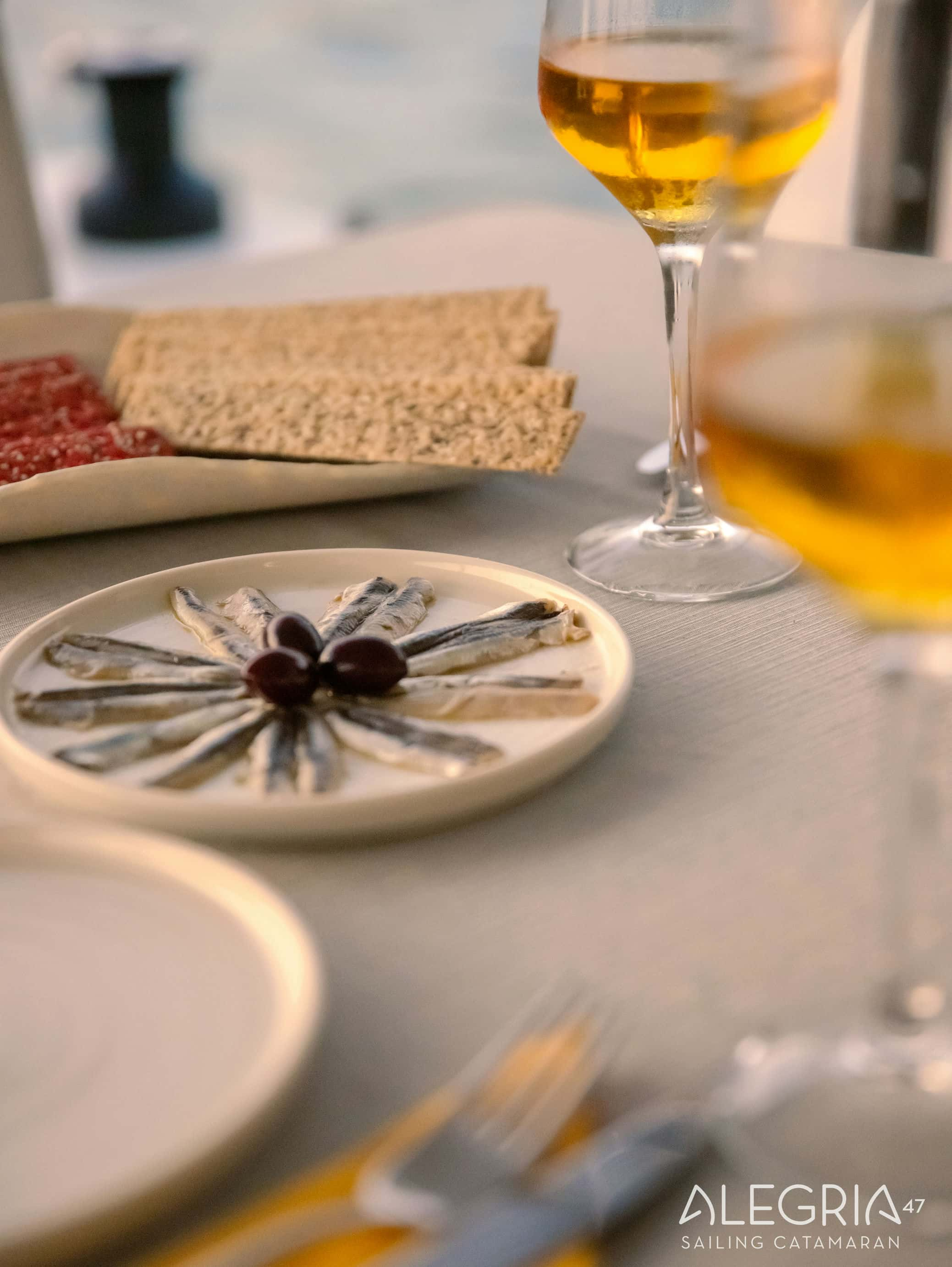






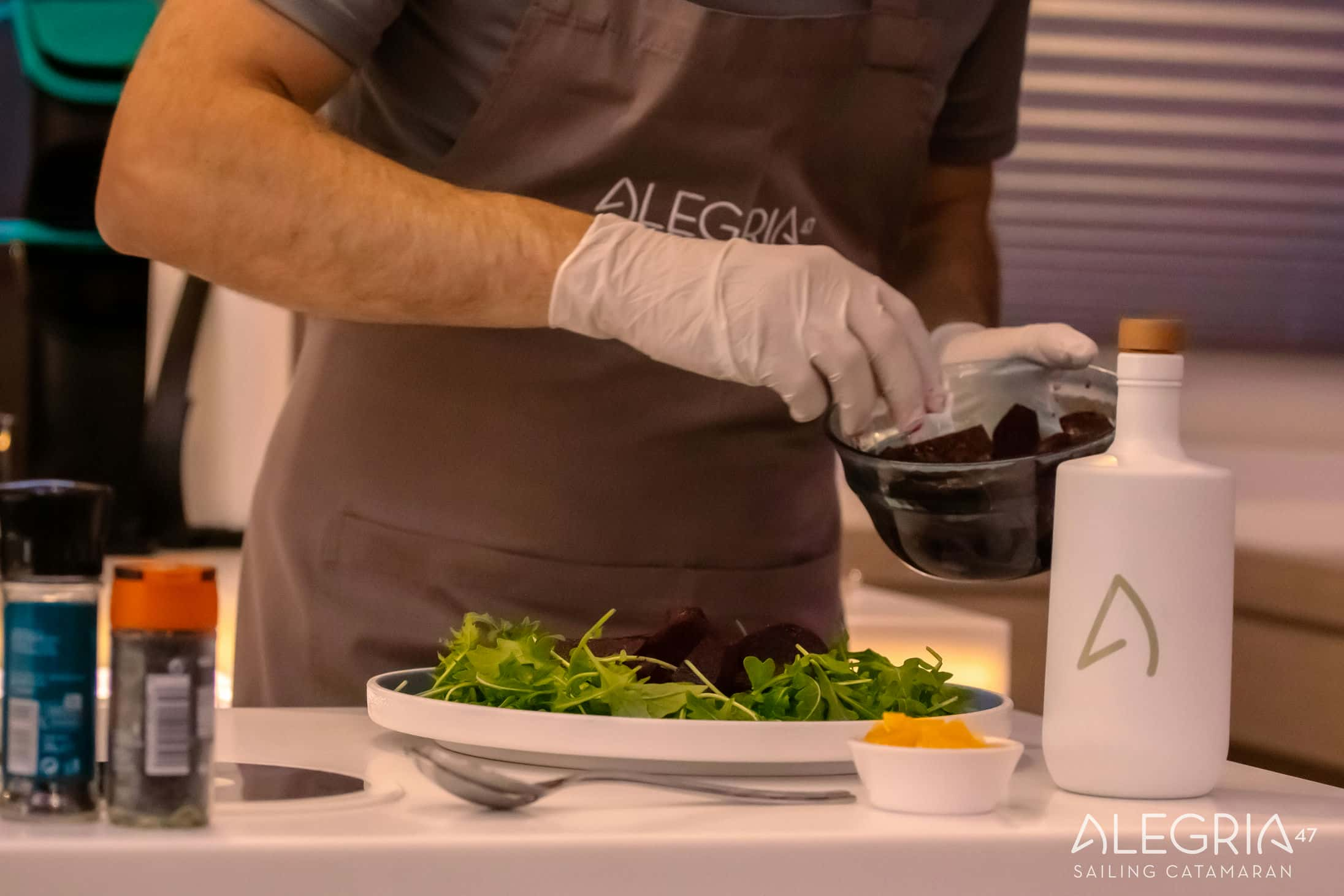

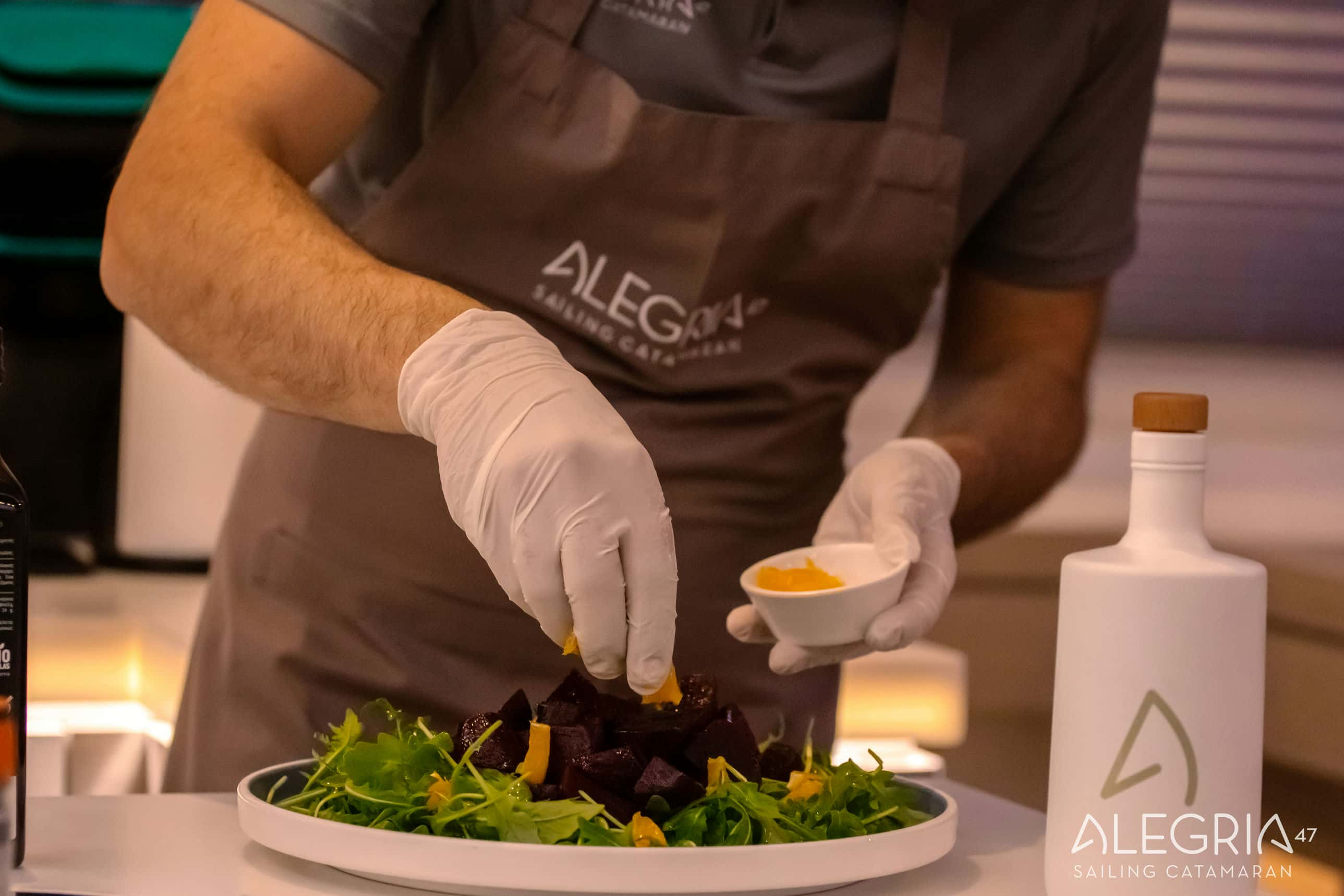

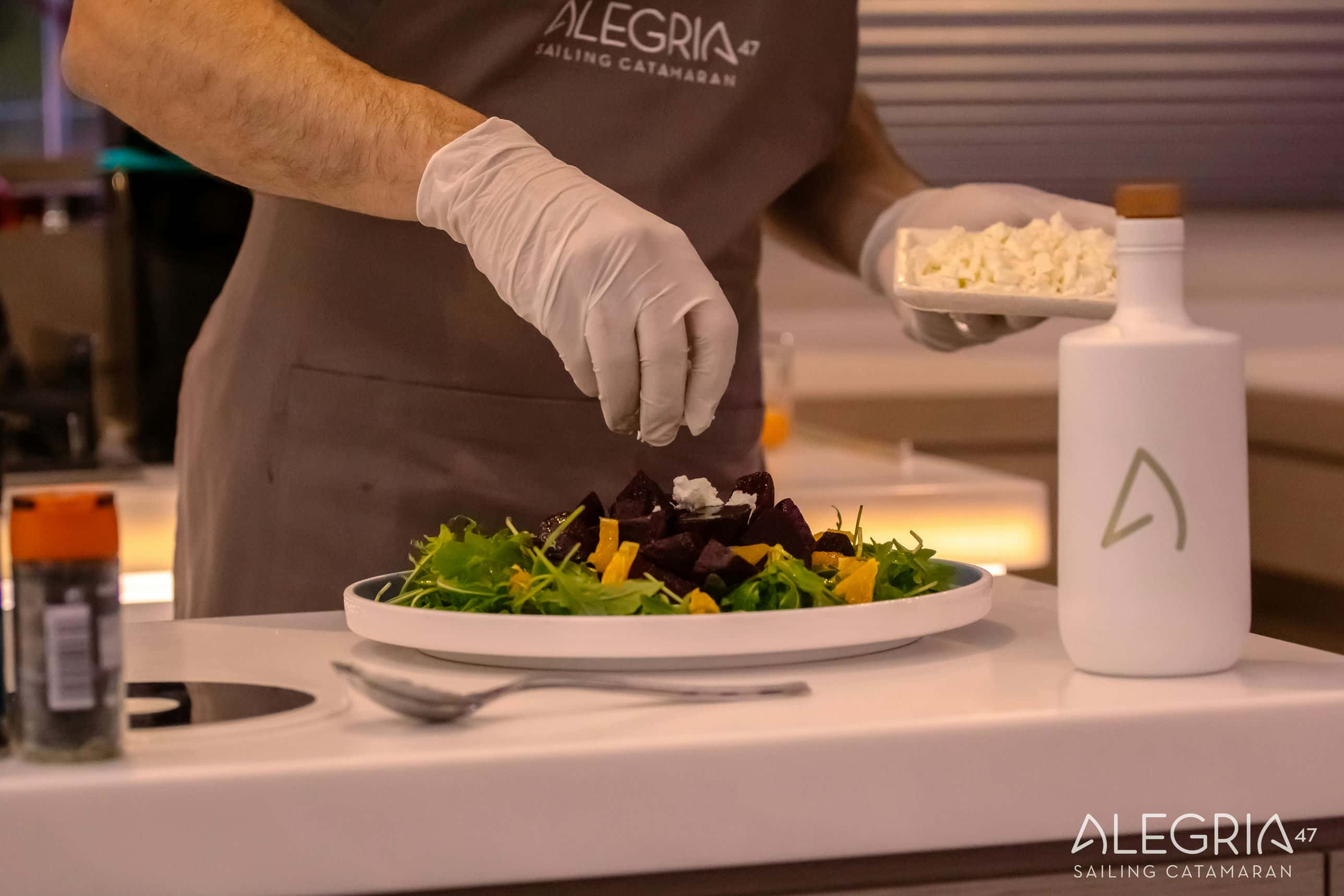


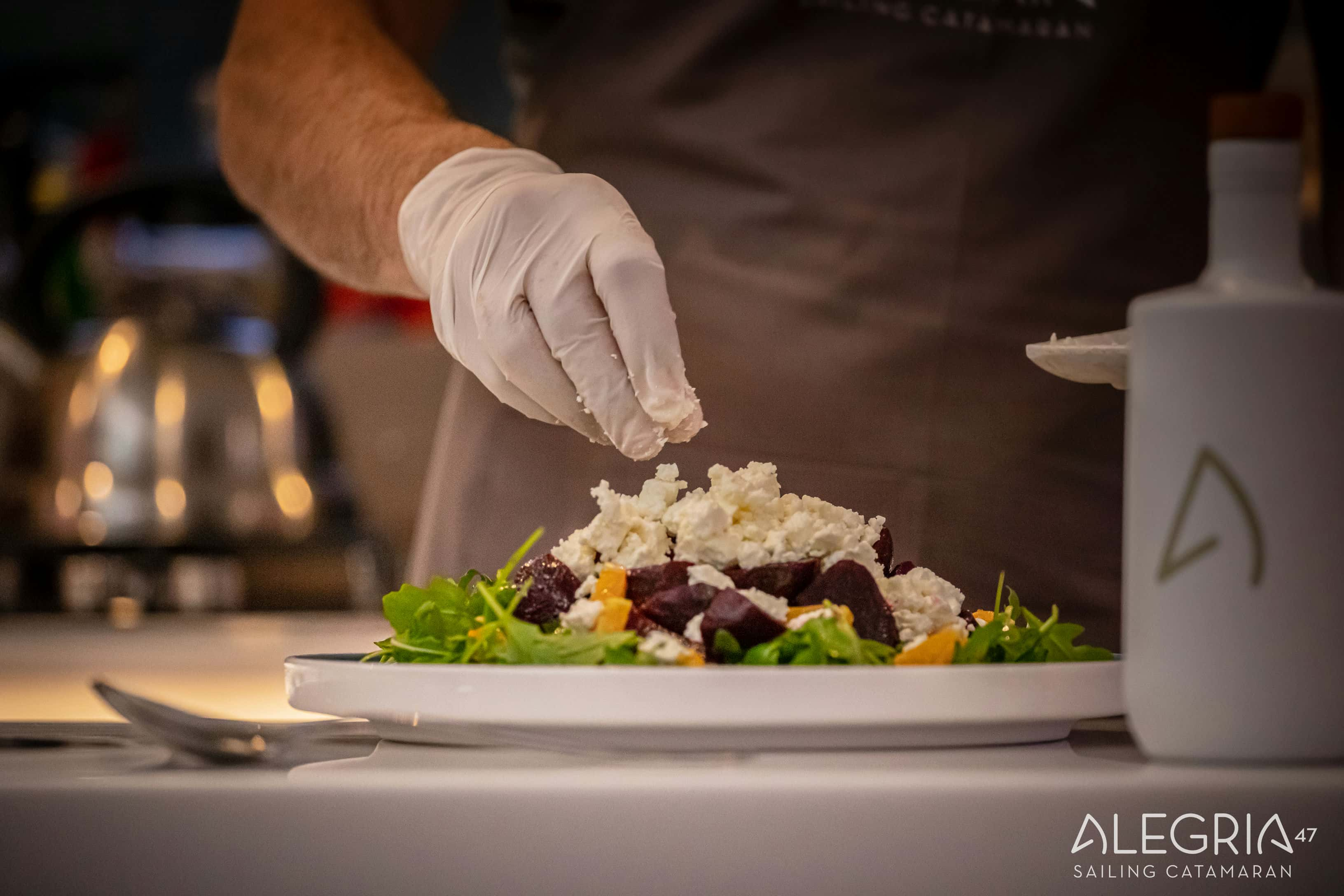


This is the region with the greatest number of protected designation of origin (PDO) products in Greece. PDO olive oils from several regions in the Peloponnese are internationally renowned, as are the world-famous Kalamata olives; these products are never absent from the Peloponnesian table. Taste the local wine - this is where the famed red Agiorgitiko is produced, as well as the crisp white Mantineia. If you find yourselves higher up in the mountains, ask for a pot of honey, ideally "vanilla pine" honey, which is thick, milky white in color, and deeply aromatic. The region is home to the black, deliciously sweet Corinthian currants as well: the Greek railway network was expanded in the early 1900s to facilitate their export to foreign markets. The PDO eggplant of the Tsakonia region is thin, oblong and sweet, and ideal for frying. If you like pasta, try the local goges (elongated fresh pasta similar to gnocchi). The sausages and salted meat of Mani, which are redolent with the scent of citrus fruit, are particularly tasty, and you can quench your thirst in Messinia and Laconia with juicy local oranges. Sfela is the regional cheese, similar to feta, but harder. Dry myzithra is very tasty, a sharp white cheese made of sheep's and goat's milk, as is kefalotyri, a medium-hard salty cheese. Both are ideal for grating over pasta. It is imperative that you take back some traditional pasteli (thin, flat honey and sesame bars) with you, as well as dried figs from Kalamata.
Our Signature Collection is a hand-crafted blend that oozes the aroma of the field. It has been created to be experienced daily, a simplistic sophistication on which to create your dishes. A mild extra virgin olive oil with subtle aromas and flavor profiles allows it to be a versatile culinary companion.
Kagianas is an egg dish that is similar to scrambled eggs but
made with grated fresh
tomatoes; it has several variations, including versions with added cheese or syglino (cured meat);
it is also eaten at breakfast. A special local delicacy is roast piglet, with crisp, crackly
skin
and mellow, tender meat.
Rooster in tomato sauce with hylopites (handmade pasta).
Roast lamb in tomato served with egg-and-lemon sauce, a dish that
requires plenty of freshly
baked bread.
Trachanosoupa, a soup made with cracked wheat, is very
popular
Regali, a tomato sauce-flavored medley containing lamb offal that
is served with rice.
Mani-style carbonara Pasta prepared with traditional ingredients
from Peloponnese. With sigklino (pork which is smoked and salted using age old methods of
preparation,
much like bacon or prosciutto) myzithra cheese and a fried egg to the top of it, the complete
deliciousness and simplicity of this dish is indescribable.
Source:
www.greece-is.com